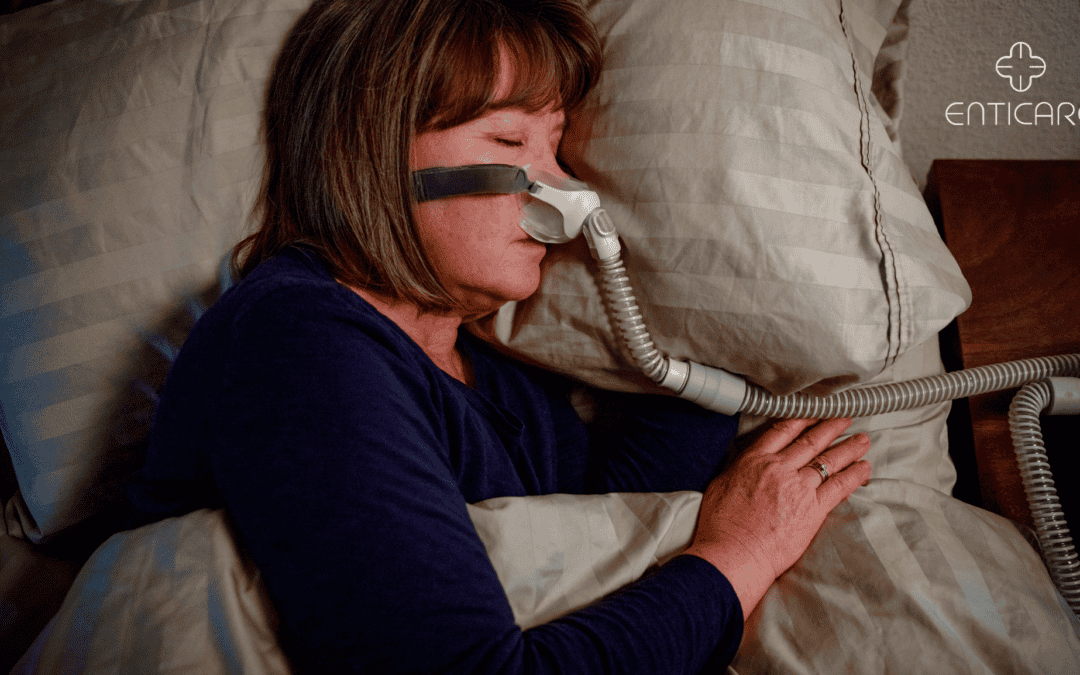Continuous Positive Airway Pressure (CPAP) therapy has become a lifeline for individuals with sleep apnea. This treatment ensures an unobstructed airway, enabling restful and uninterrupted sleep. A crucial feature of CPAP machines is the ramp time, which allows the air pressure to gradually increase, making the therapy more comfortable. But how long should this ramp time be set? Understanding this aspect of CPAP therapy can significantly enhance its effectiveness and user comfort.
Understanding CPAP Ramp Time
What is Ramp Time?
Ramp time refers to the duration during which the CPAP machine gradually increases the air pressure from a low, comfortable level to the prescribed therapeutic level. This feature helps users fall asleep more comfortably by avoiding an immediate blast of high pressure air.
Importance of Ramp Time
The ramp time setting can play a pivotal role in the user’s comfort and compliance with CPAP therapy. A well-set ramp time allows the user to drift off to sleep without the discomfort of high air pressure, which can be particularly beneficial for new users or those sensitive to air pressure changes.
Standard Ramp Time Settings
Typically, CPAP machines offer a range of ramp time settings from 5 to 45 minutes. Some advanced models even allow users to set the ramp time to as little as 0 minutes, where the machine starts at the therapeutic pressure immediately. The ideal ramp time varies based on individual needs and comfort levels.
Factors Influencing Ramp Time Settings
User Comfort
User comfort should always be the primary consideration when setting ramp time. If the ramp time is too short, users may find it difficult to fall asleep due to the immediate high pressure. Conversely, if the ramp time is too long, it might not reach the therapeutic pressure soon enough to prevent apnea events.
Type of CPAP Mask
The type of mask being used can also influence the appropriate ramp time setting. Full face masks, nasal masks, and nasal pillows each have different pressure requirements and comfort levels. Users of nasal pillows, for instance, might prefer a shorter ramp time due to the lower initial pressure settings.
Sleep Onset Latency
Sleep onset latency, the time it takes for a person to fall asleep, varies widely among individuals. Those who take longer to fall asleep might benefit from a longer ramp time, allowing them to adjust gradually. On the other hand, individuals who fall asleep quickly may require a shorter ramp time.
Tailoring Ramp Time to Individual Needs
Gradual Adjustment
New CPAP users might need to experiment with different ramp time settings to find what works best. Starting with a longer ramp time and gradually decreasing it as one becomes accustomed to the therapy can be an effective strategy.
Consulting with Healthcare Providers
Healthcare providers can offer valuable insights into setting the ramp time. Regular consultations and sleep studies can help fine-tune these settings to ensure optimal therapy. They can also provide recommendations based on the latest research and clinical guidelines.
Monitoring and Feedback
Using data from the CPAP machine’s monitoring features can help users understand how different ramp times affect their sleep quality. Feedback from these reports can guide adjustments, ensuring that the ramp time is set to support the best possible sleep.
Common Challenges and Solutions
Difficulty Falling Asleep
If a user finds it difficult to fall asleep even with a long ramp time, there might be other underlying issues such as anxiety or an uncomfortable mask fit. Addressing these issues can help improve overall comfort and adherence to CPAP therapy.
Waking Up During Ramp Time
Some users might wake up before the ramp time completes, feeling uncomfortable due to low pressure. In such cases, reducing the ramp time or setting a slightly higher starting pressure can help.
Adjusting to Therapeutic Pressure
New users might find the therapeutic pressure overwhelming. A longer ramp time can ease this transition. Additionally, using features like “auto ramp,” which starts the ramp time when the user actually falls asleep, can enhance comfort.
Expert Recommendations
American Academy of Sleep Medicine (AASM) Guidelines
The American Academy of Sleep Medicine provides guidelines for CPAP therapy, including recommendations on ramp time. They suggest starting with a longer ramp time for new users and adjusting based on individual comfort and sleep patterns.
Sleep Specialists’ Insights
Sleep specialists often recommend personalized ramp time settings based on comprehensive sleep studies. These studies consider factors like the severity of sleep apnea, pressure requirements, and individual sleep patterns.
Technology and Innovation
Modern CPAP machines incorporate advanced algorithms that can automatically adjust ramp time based on real-time feedback from the user’s breathing patterns. These innovations are designed to enhance comfort and compliance with therapy.
Conclusion
Setting the correct ramp time on your CPAP machine is vital for ensuring a comfortable and effective therapy experience. By understanding your unique needs and preferences, consulting with healthcare providers, and leveraging advanced technology, you can optimize your CPAP therapy for better sleep. If you need personalized advice or further assistance with your CPAP therapy, schedule an appointment with our experts at Enticare or call us at 480-214-9000. Your journey to better sleep and improved health starts here.

